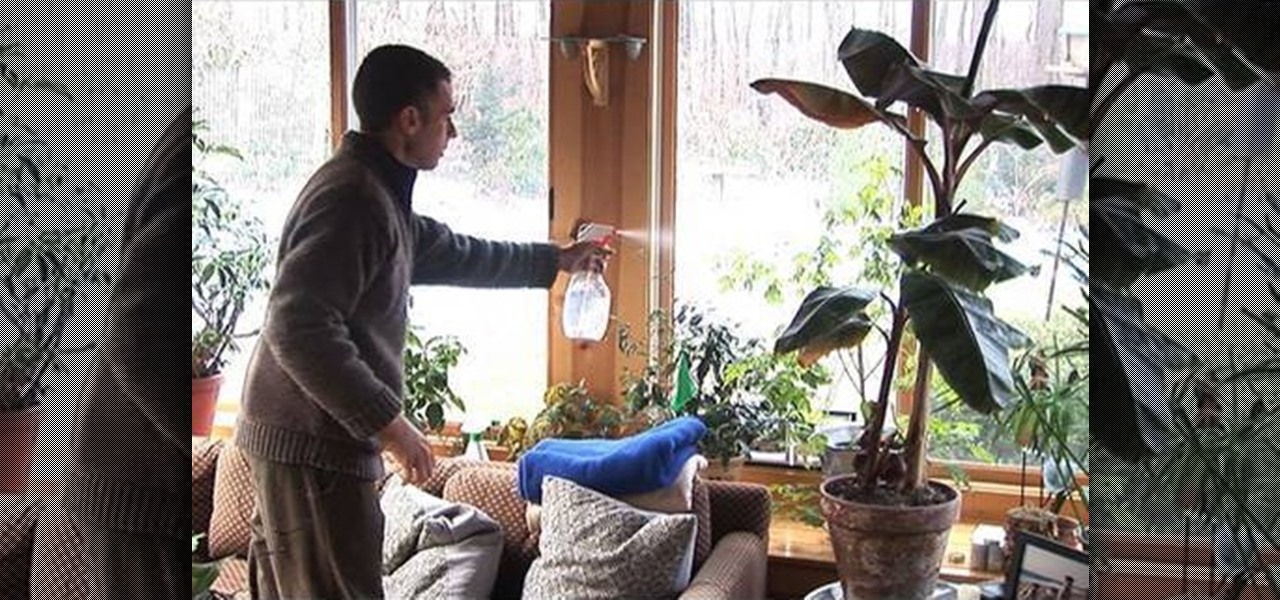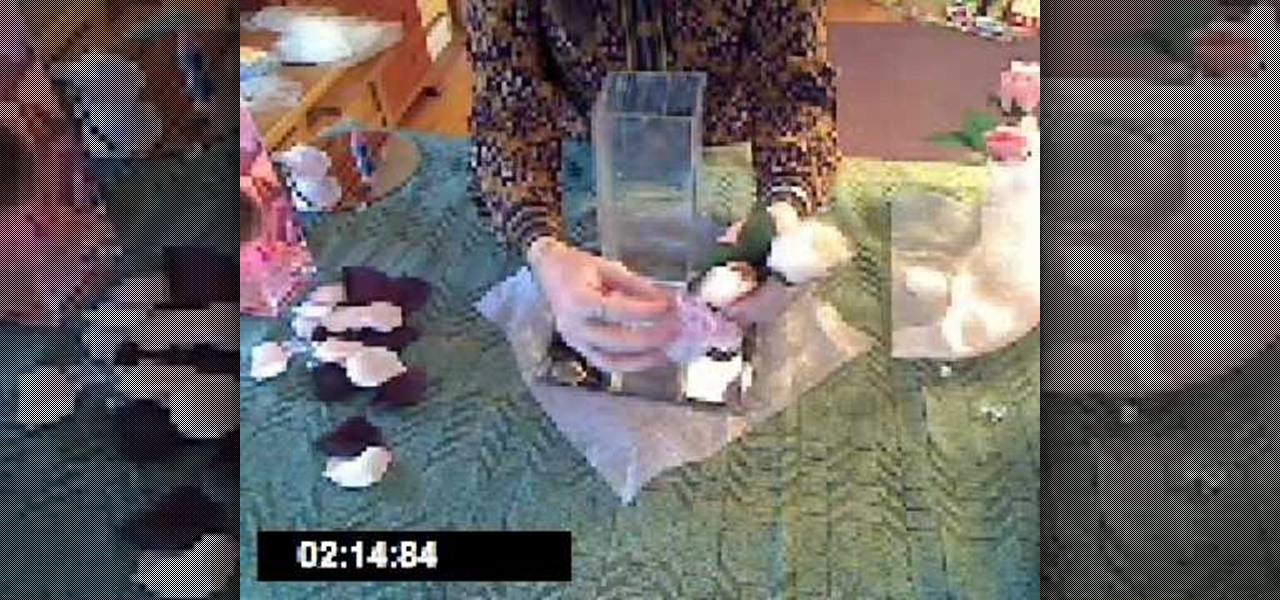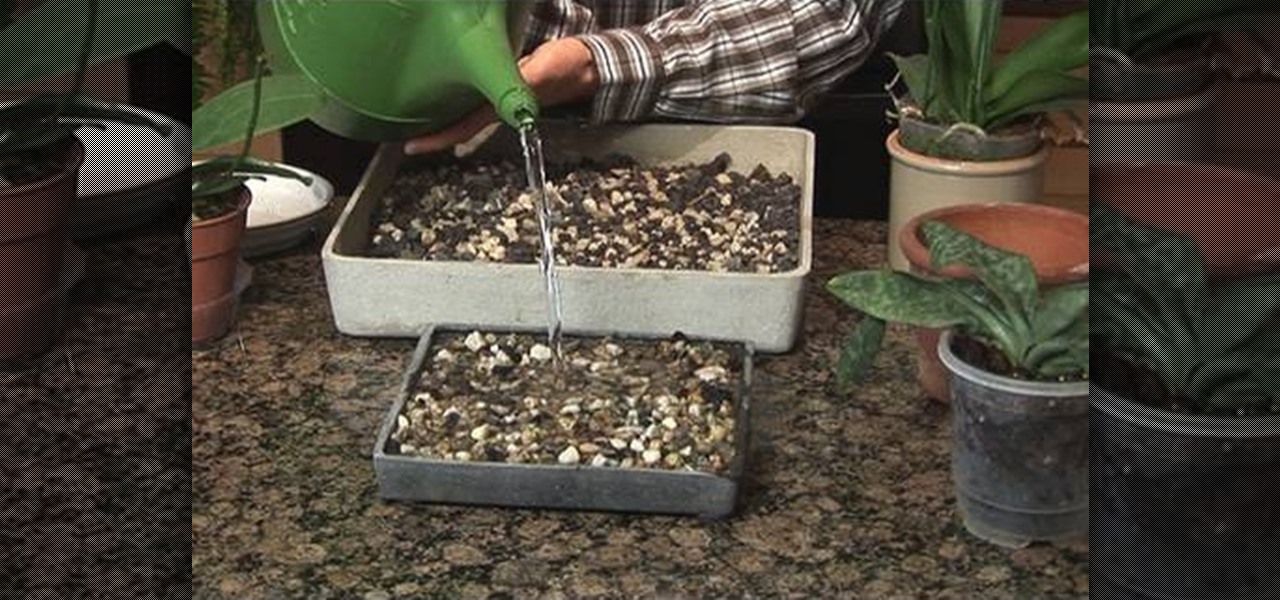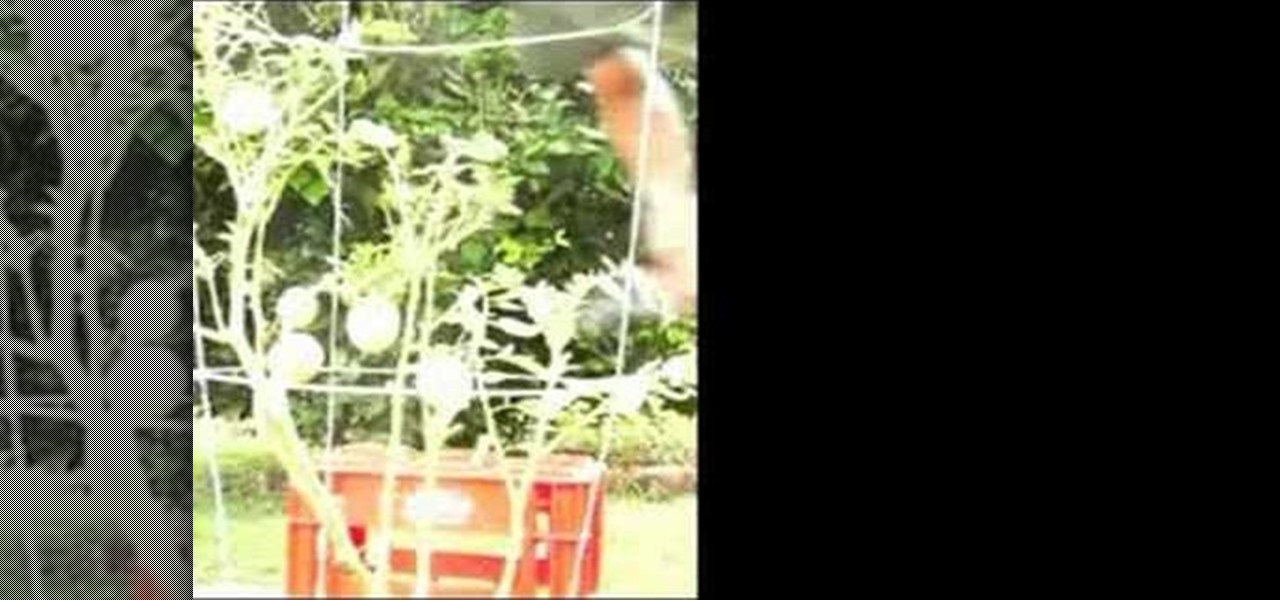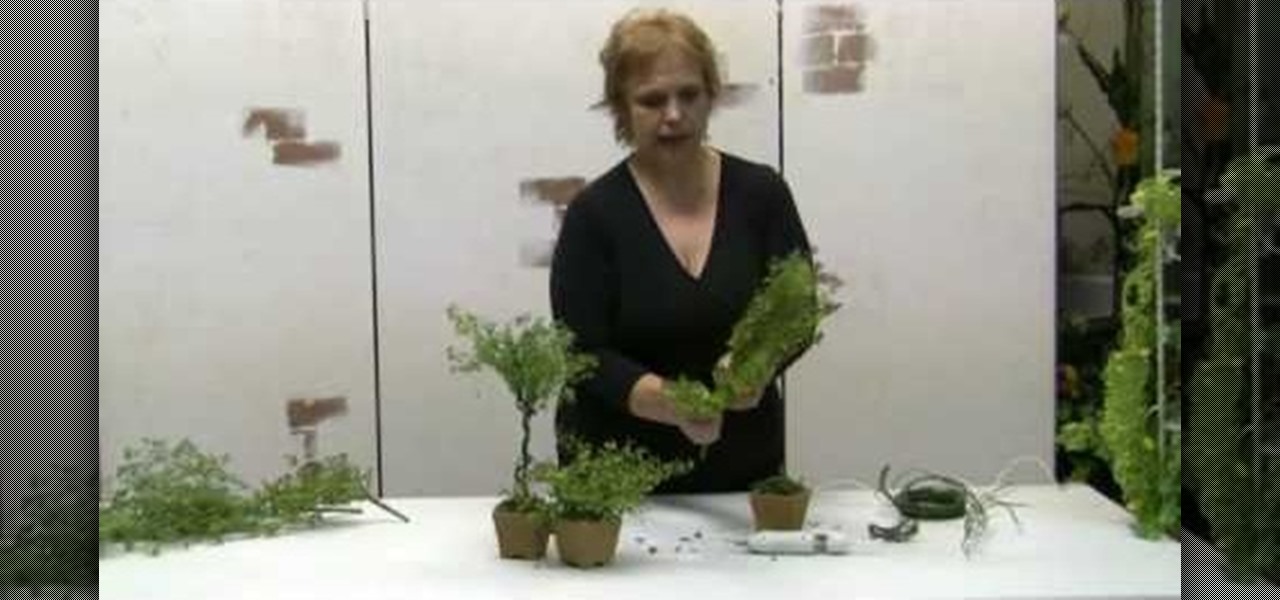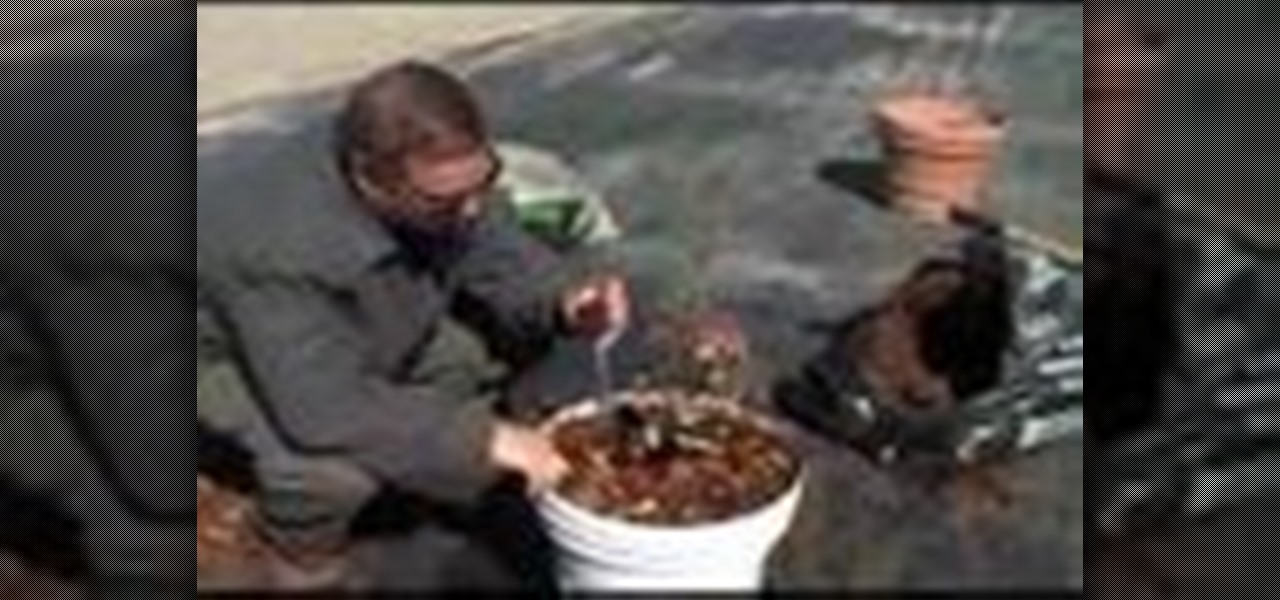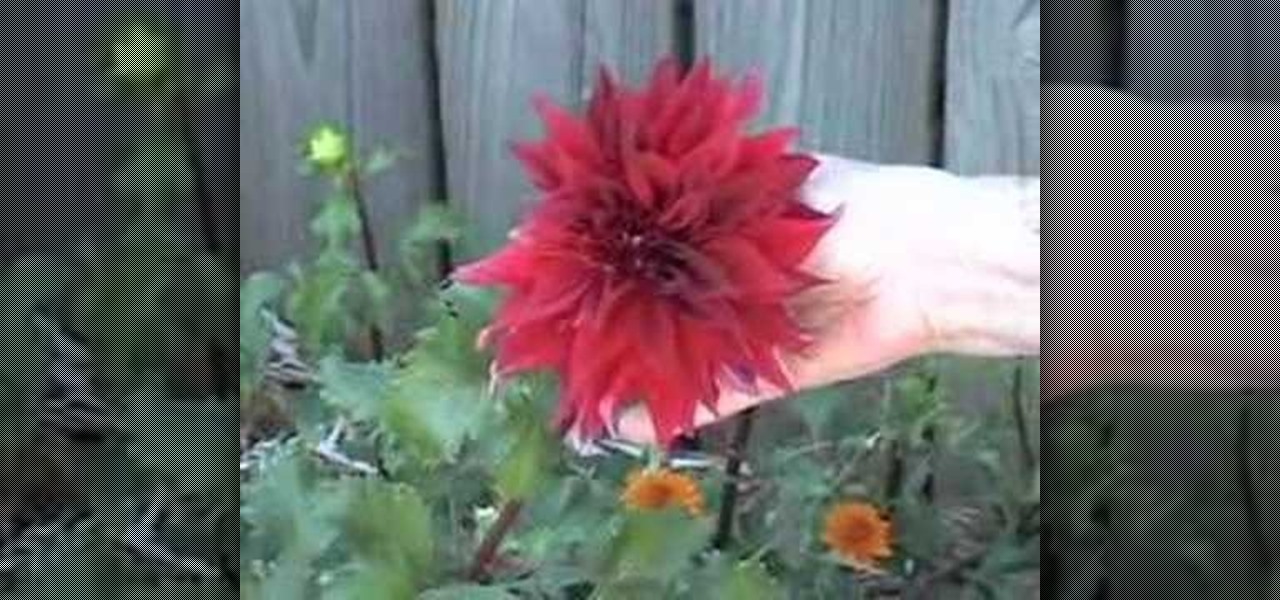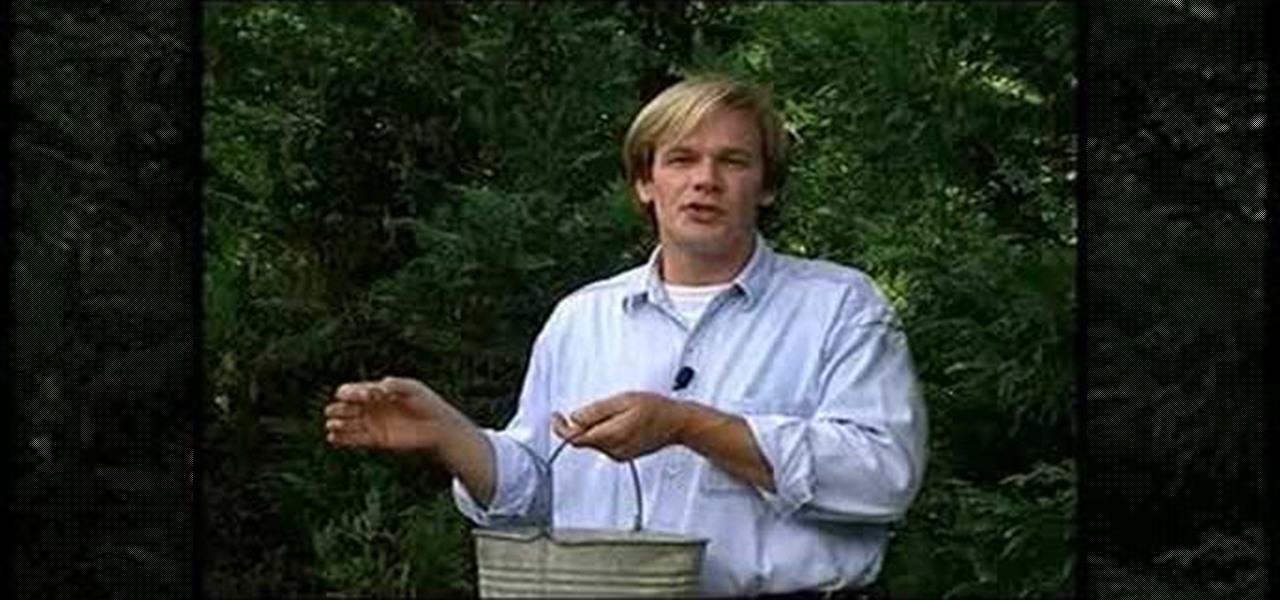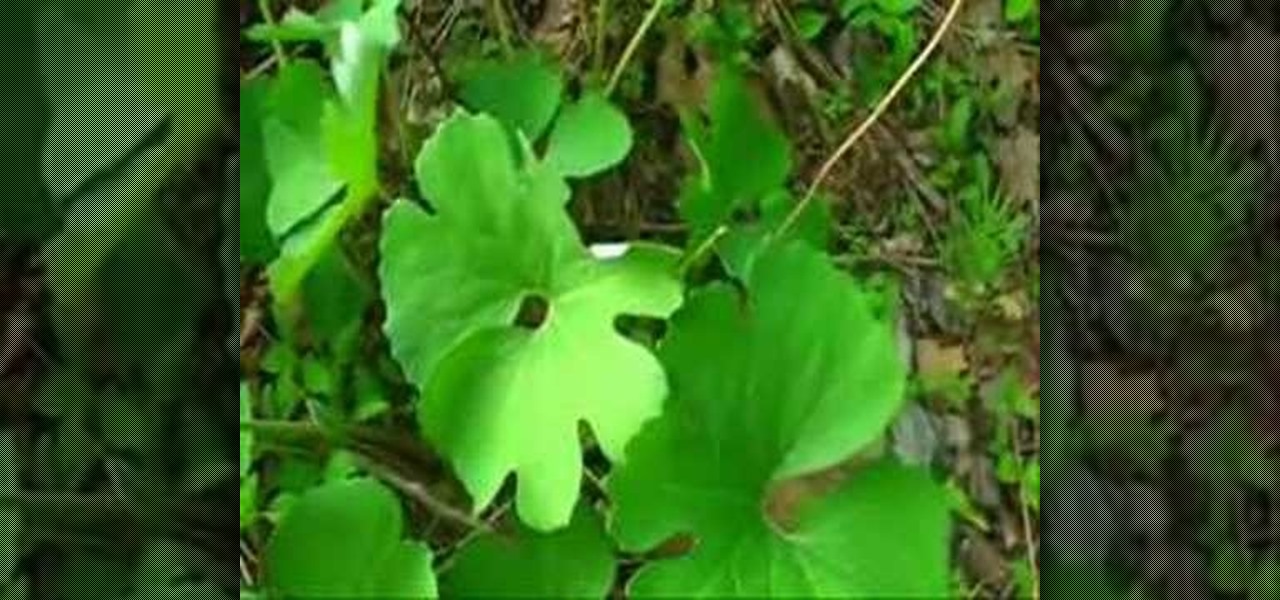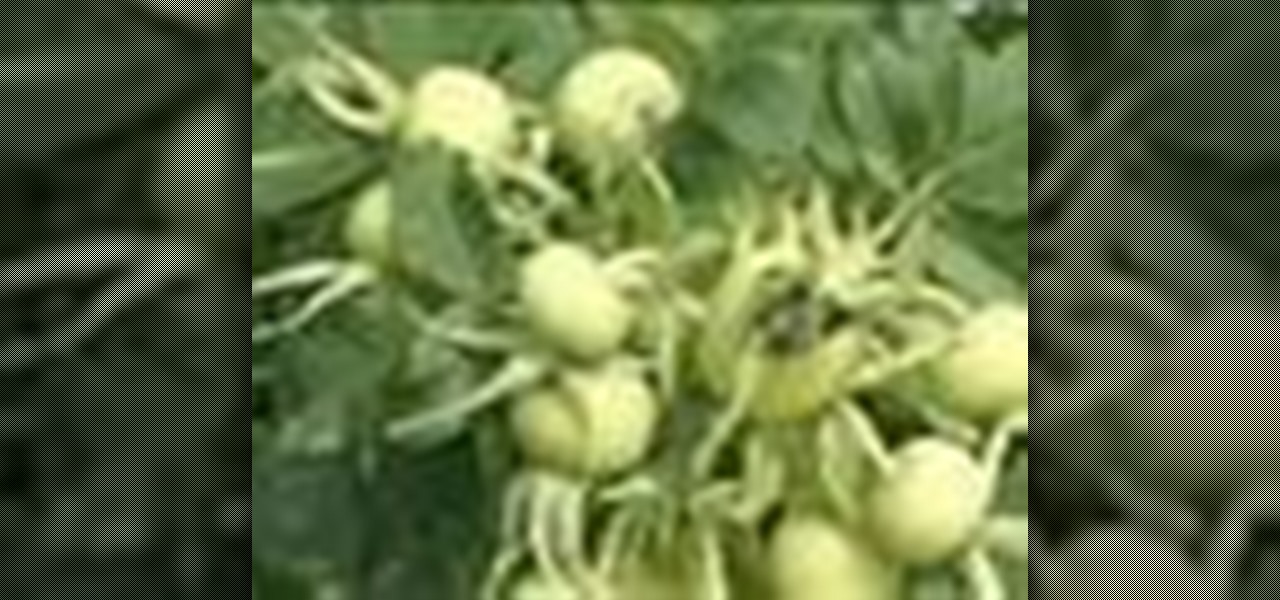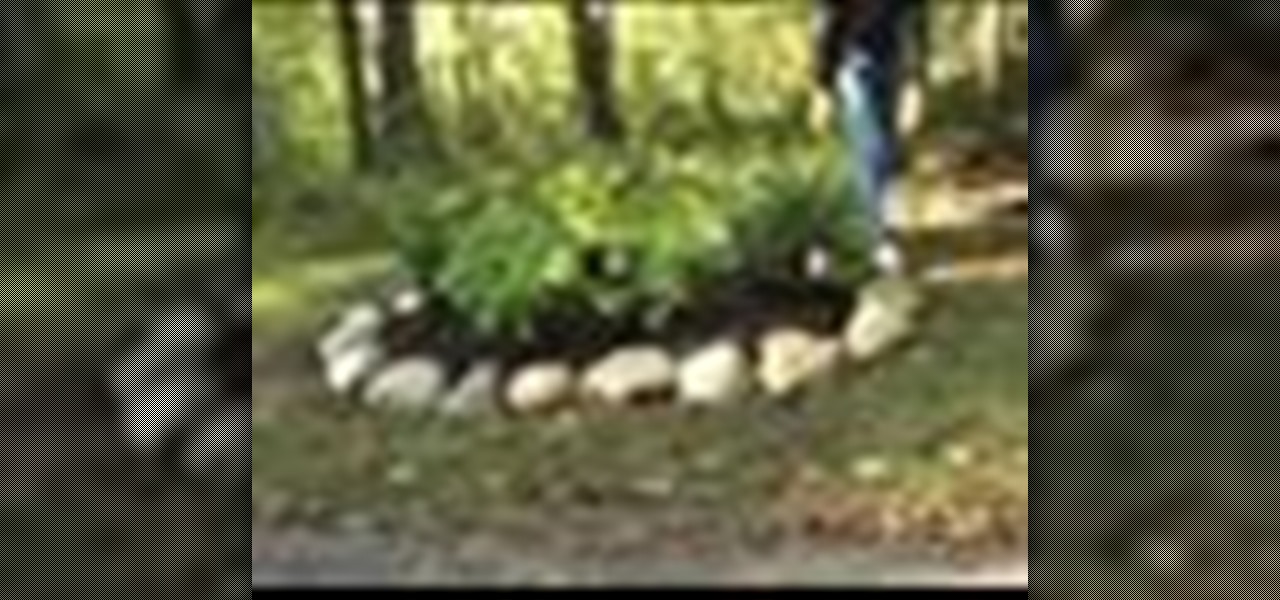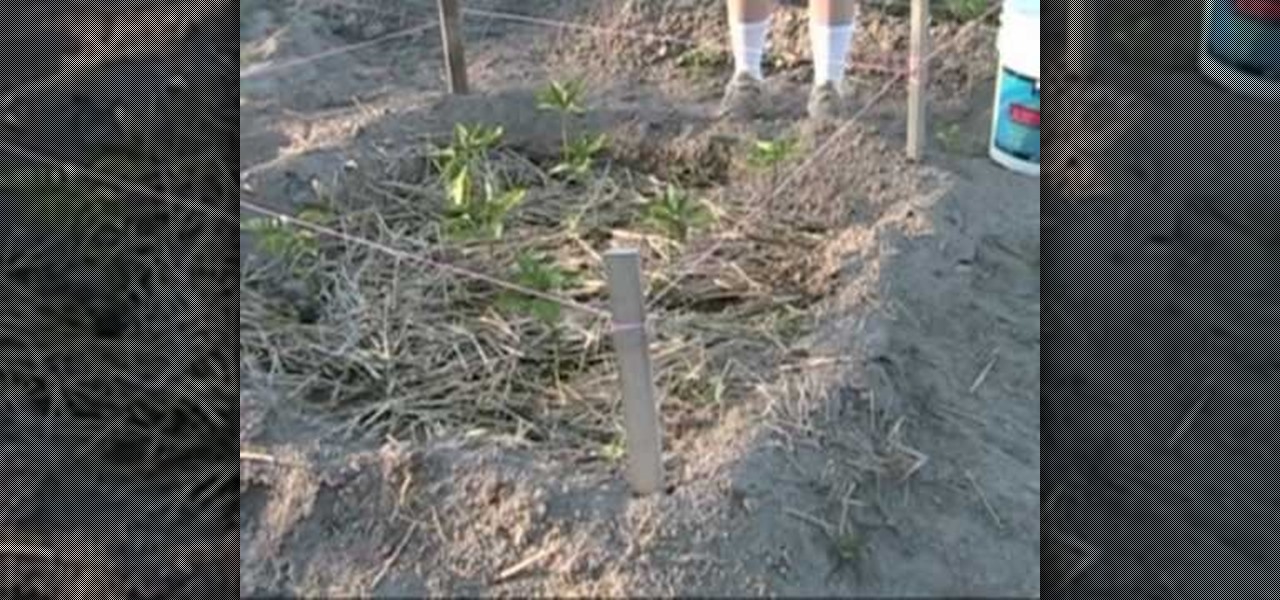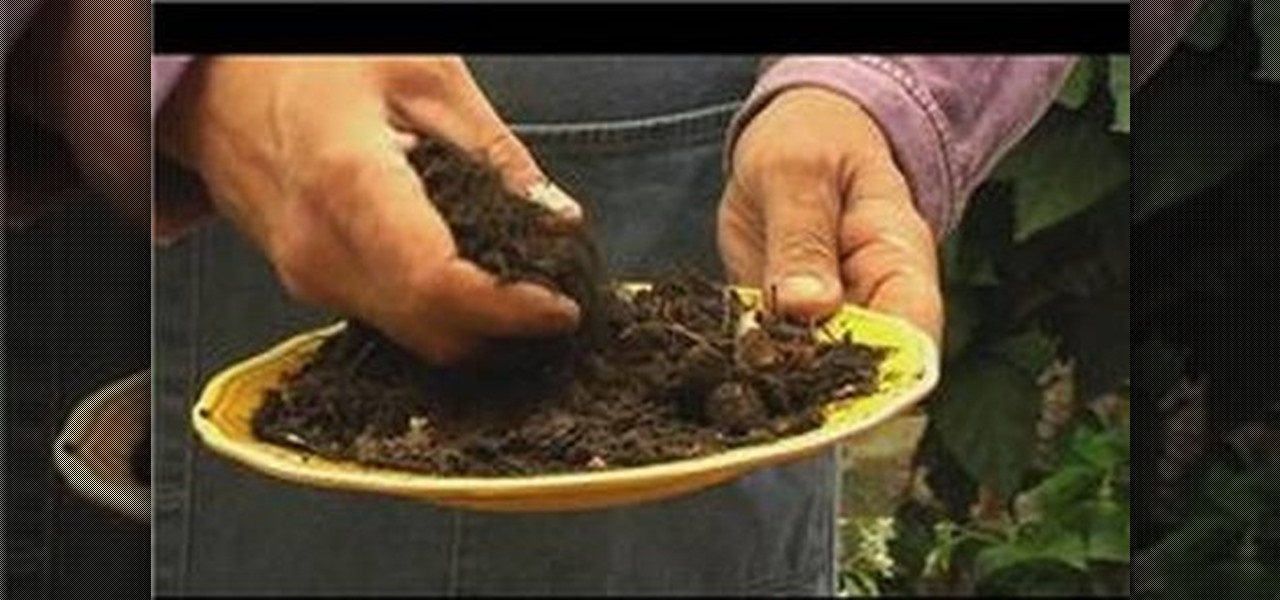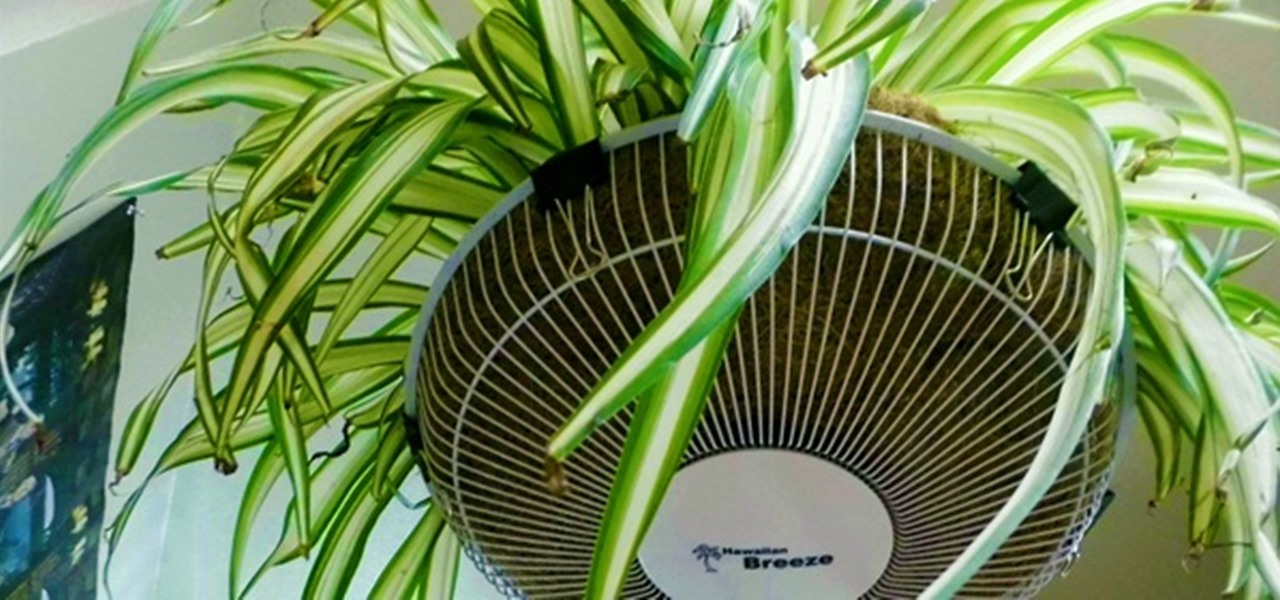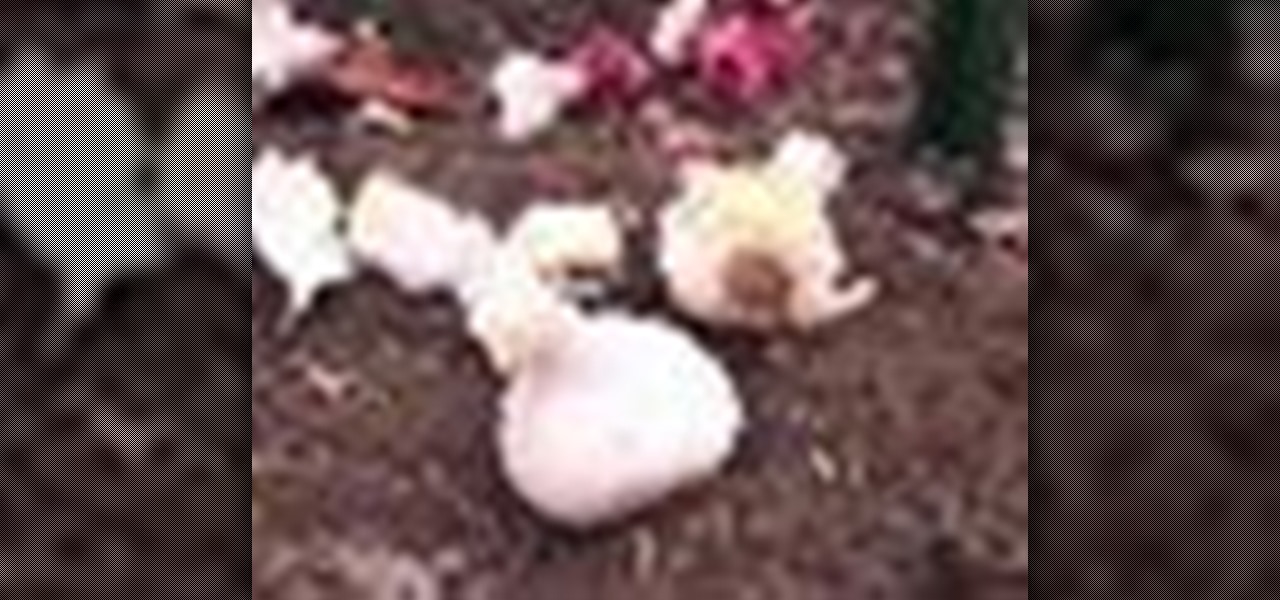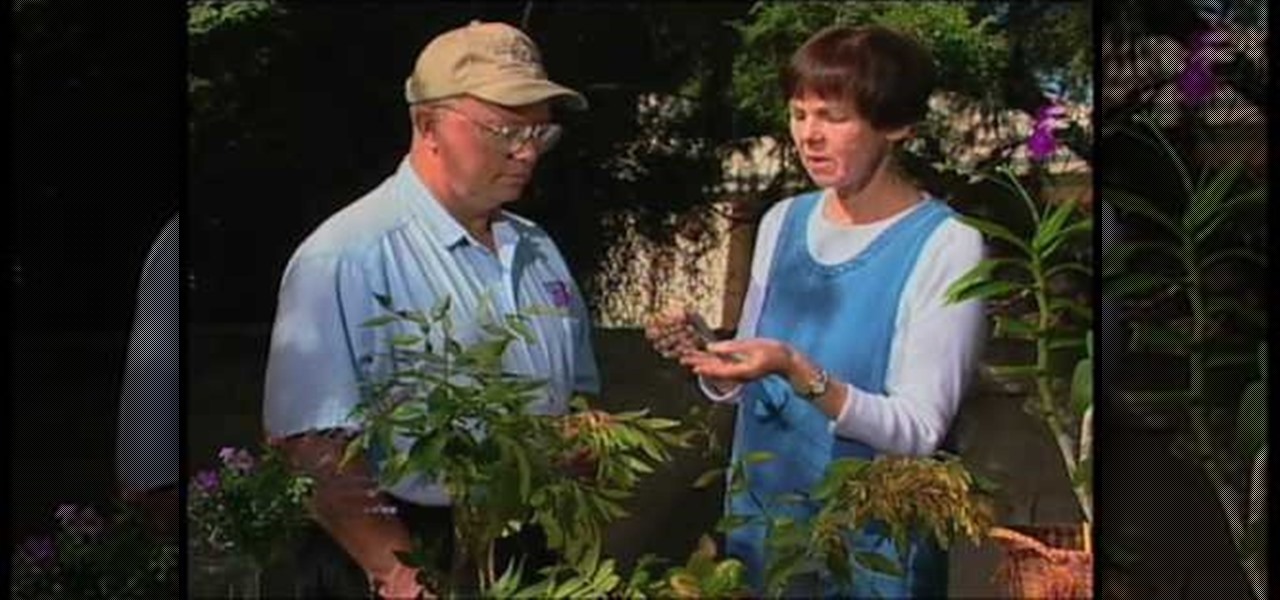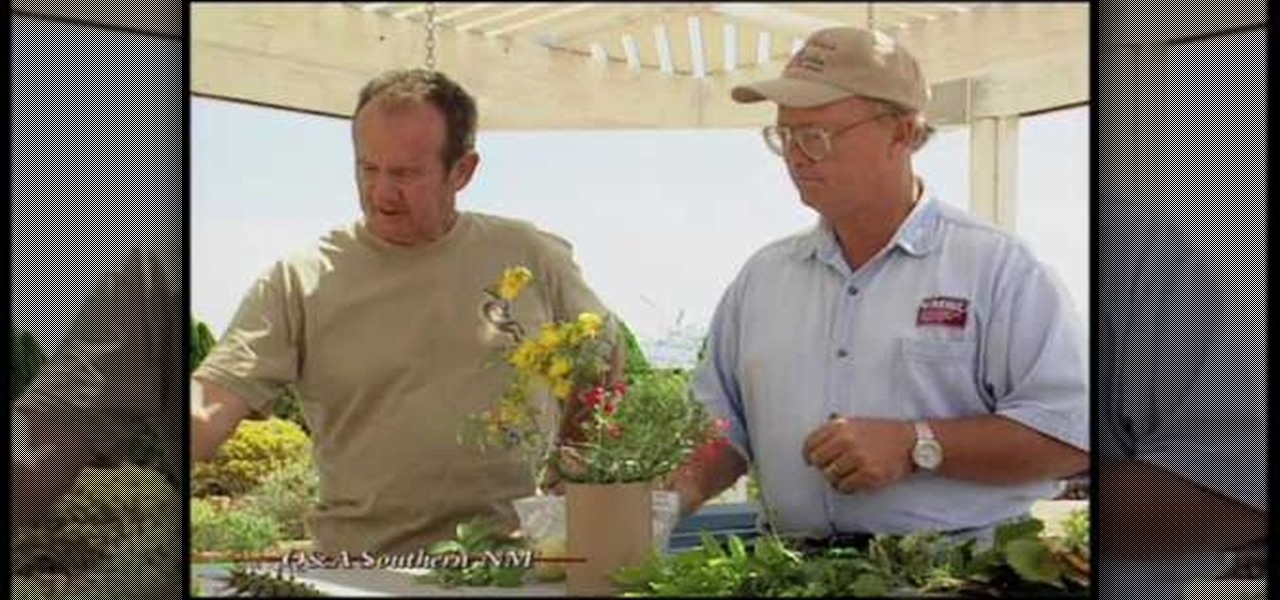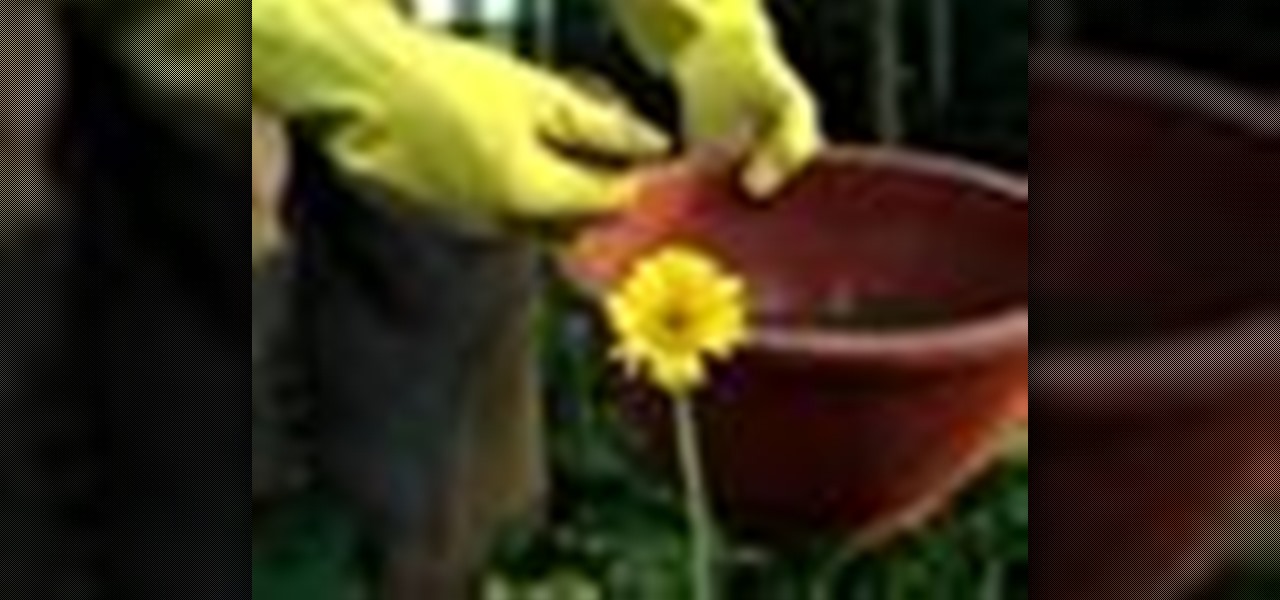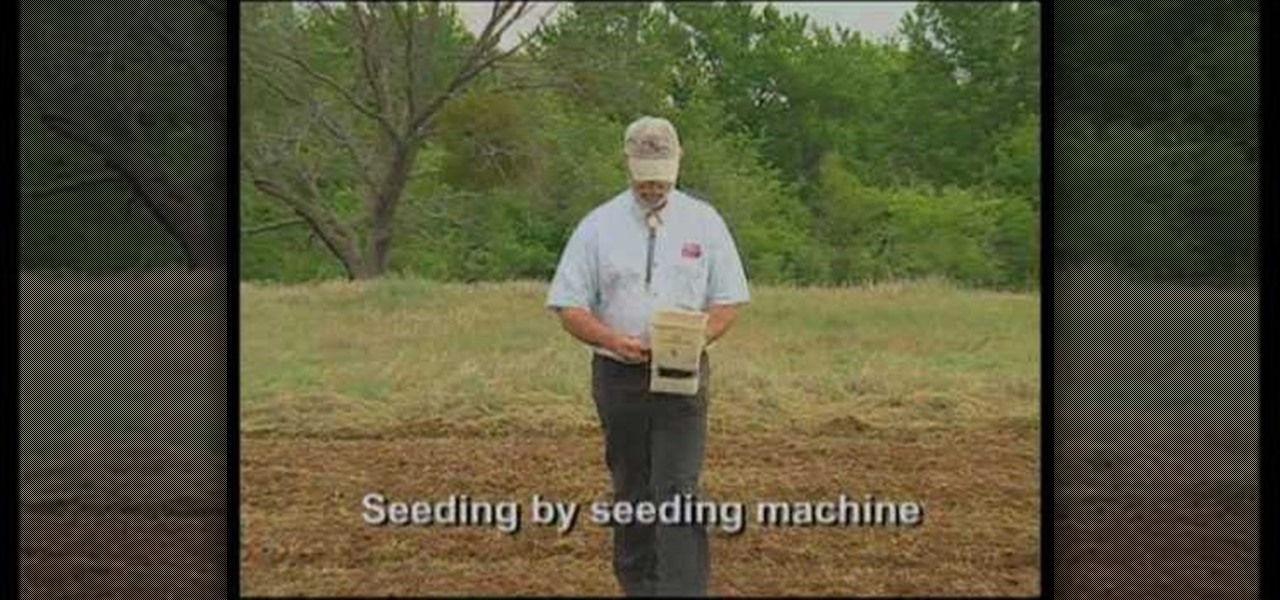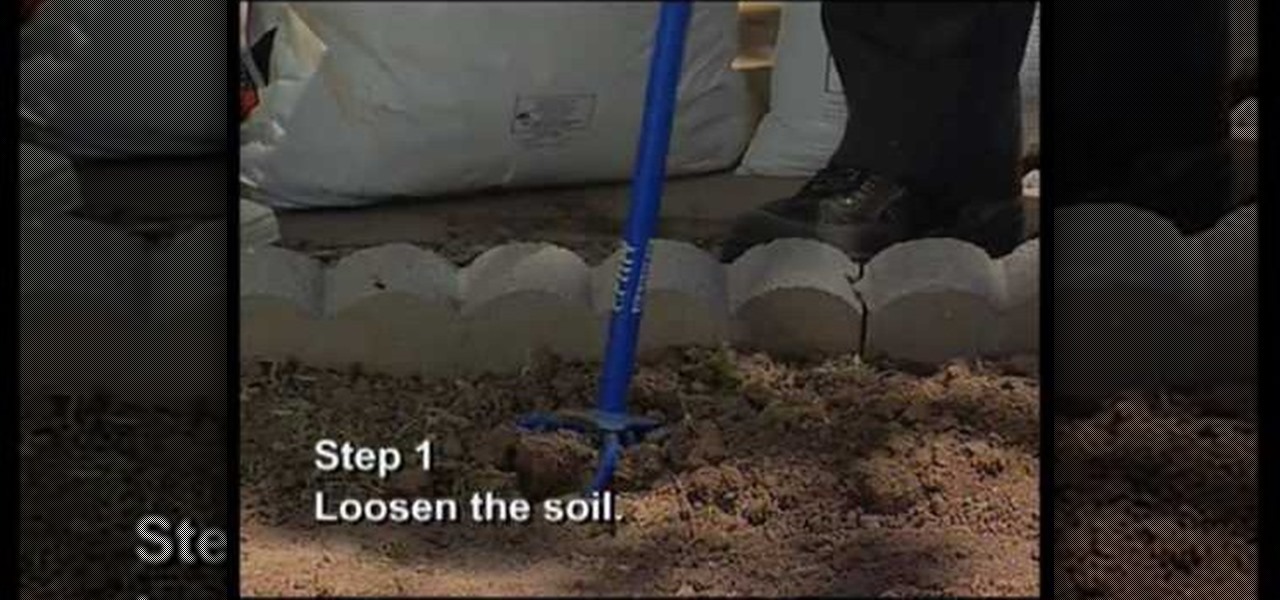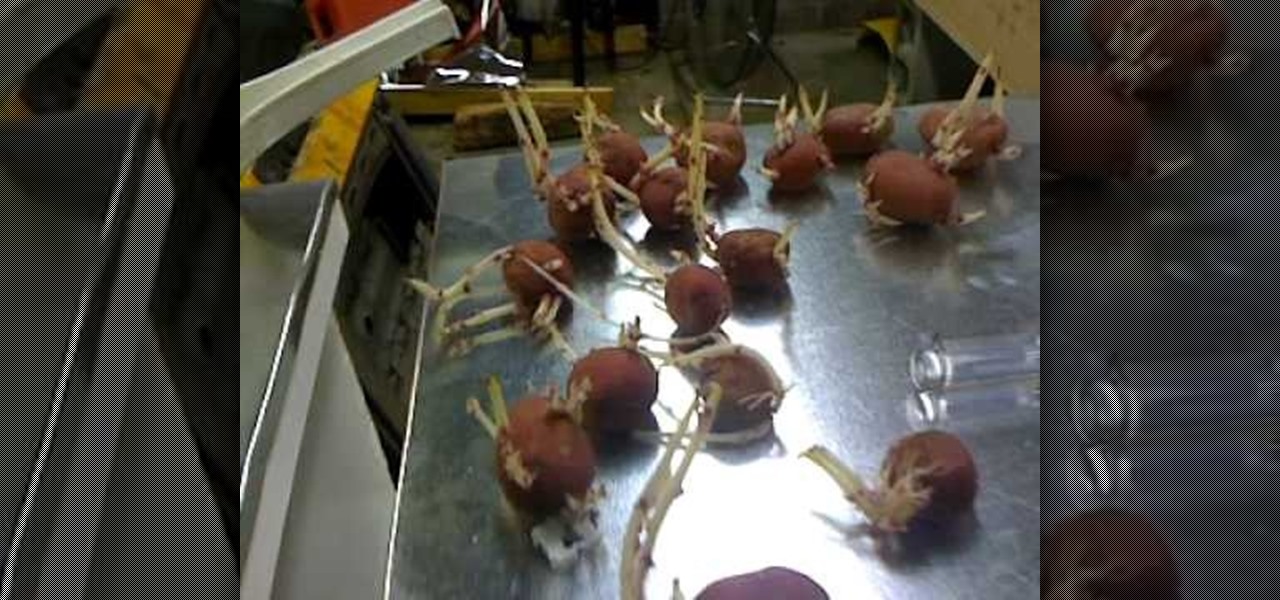
In this video you will learn how to get your potato plant growing using a 5 gallon bucket. Start by taking your 5 gallon bucket and drilling a series of small holes at the bottom for draining. Next line the bottom of your bucket with about 2 inches of rocks to help with drainage and top with a layer of weed block and a couple inches of soil. Now your bucket is ready to add a budded potato. To make your potatoes bud out simply leave them in a bag and place them in the dark for about a month un...
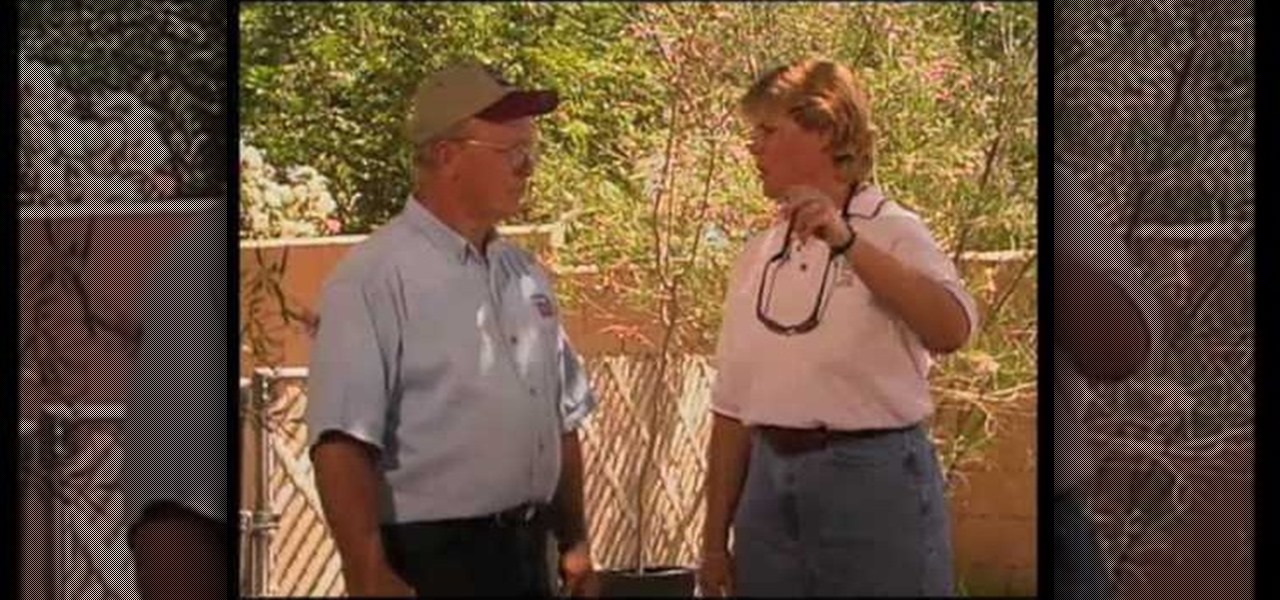
John White (Doña Ana County Extension Agent) talks to Natalie Goldberg (Extension Plant Pathologist) about Powdery Mildew that affects many plants. They look at a Japonica that is heavily infested. Powdery Mildew is enhanced by shaded condition despite the dry climate. It starts with a spot spore infection that will easily spread by the wind or by rubbing. Control methods are difficult and involves a lot of routine applications of chemicals (ornamental fungicide) to keep it in check once the ...

In this video tutorial, viewers learn how to grow a tuberous begonias. It is recommended to pot the tuberous begonias in the early spring of March. Begin by removing the tuberous from it's bad and discard any packing material. Be gentle and do not remove the buds. Select a small pot that is slightly larger than the tuberous begonias and fill the pot 2/3 with well drained soil less potting mix. The carefully place the tuberous rite-side up in the potting mix and cover it with more mix. Water t...
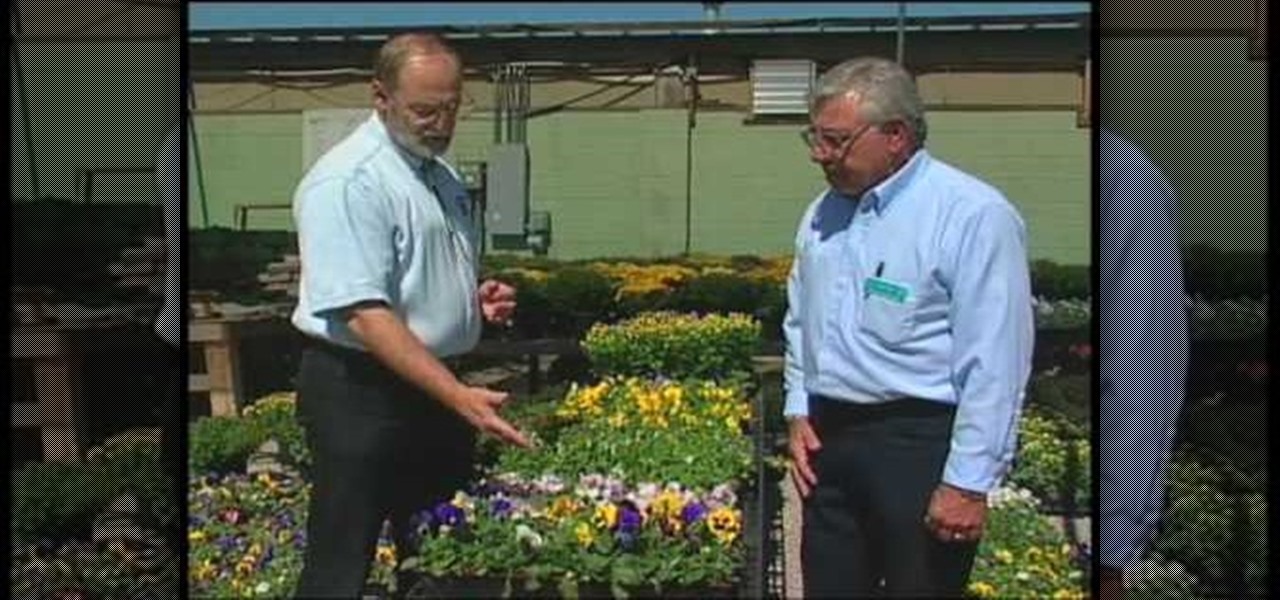
Curtis Smith and Jim Sais describe how to choose pansies, chrysanthemums and asters. Pansies are very small plants and they come in different varieties and sizes such as dancing bears . The face of the pansies is very exact and the right fertilizer will cause them to grow successfully. Amended soil will work best for pansies. Chrysanthemums are spectacular plants and they can be used in containers as well. They signify a fair well to summer. When they are finished blooming, you should be able...

After receiving your dahlia tuber in the mail, dig a hole where you want the flowers to bloom in your garden. It should be big enough to place the whole tuber into and be completely covered by dirt. Before planting your tuber, you need to find where the head is. Find where the stalk was last year. When placing it in the ground, make sure the stalk is pointing up. After planting, your tuber should be flowering in about 4 weeks. Because the wind and rain can be tough on your flowers, it's a goo...
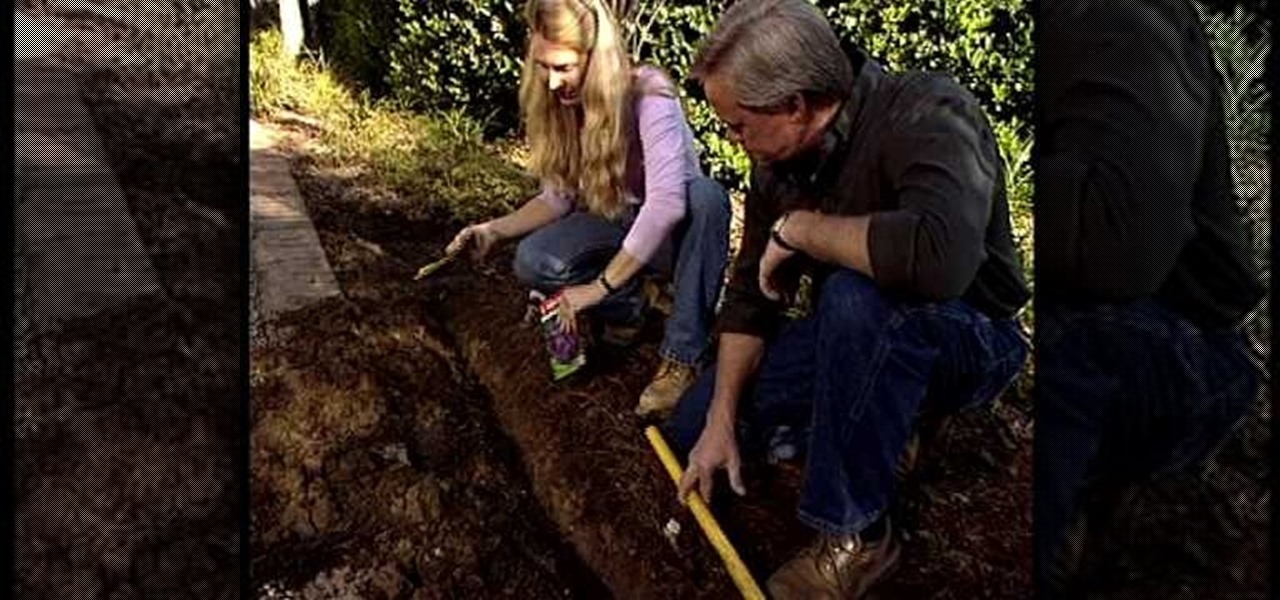
Danny Lipford shows how to grow a more colorful flower garden in early spring when there is not a lot of overall growth. He displays how he plants tulips and daffodils in the fall so that they bloom in the spring. He digs a troth about 6 feet long and 6 inches deep. After sprinkling bulb food in the troth, Lipford plants the tulip and daffodil bulbs, arranging them so each uniquely appears every other bulb. Lipford's assistant advises that he re-plants the tulips every year, since while they ...

This task can be completed by following the instructor's ideas. The task is to draw bean sprout leaves. The instructor is a professional graphic designer. He begins by tracing the outline of the plant before beginning. You must then follow the outline with a darker ink to bring the image to life. To give the plant more life like detail you must draw in all the life veins as shown by the instructor. This instructor shows you how to draw a animated bean sprout plant.

This video demonstrates how to mist your plants and to keep insects away. Plants that like high humidity will benefit the most from misting. Use an empty spray bottle that already has a mister. Clean the bottle well and spray a few times to get residual material from the tube. The best time to mist is in the morning, but you should mist at least once a day. Using a humidifier along with the misting process in the winter will make your plants happy.

This video shows the viewer how to create a stylish centerpiece for a wedding reception using commonly available items. This is done by first placing a square mirror on top of a larger piece of light pink tulle. Then an artificial plant was selected and a number of glass beads were secured around the piece using another piece of tulle and a ribbon; this is to stop the plant floating. The plant is then placed in a tall square vase that is filled with water. A single drop of food dye is then ad...

This video tells you about humidity trays and how they are good for tropical plants like orchids. The tray consists of gravel or small stones and water in the tray. You have to have enough gravel to keep the plant out of the water. This video also discusses ways on how to make sure the humidity tray doesn't scratch your furniture. After watching this video you will have gained some insight into keeping and maintaining tropical plants as well as ferns.

One way to increase production in tomato plants is pruning. Pruning your tomato plants will decrease the amount of energy needed for leaf production and increase the amount of energy that goes into your tomato, which provides a a larger and better tasting tomato. Trimming off branches that are not used and are not in direct sunlight achieves more efficiency by directing sugars into the fruit and not into the other branches. Watch this time lapse how-to video, follow along with the tips, and s...

The art of floral arrangement is a fun & valuable skill. Dana Plazyk lends useful tips and tricks on making simple flower arrangements.

Dave Wilson Nurseries, Ed Laivo shares ideas for growing blueberries in containers. You will need 1/3 acid based potting soil plus 1/3 peat moss plus 1/3 medium sized bark. For the best results, containerize your blueberry plants. We show you the proven way to do it.

Go ahead and celebrate your individuality—just don't announce to the office that you're a lazy nut-job. You will need: awareness, self restraint, plants, clock, a bowl of candy and personal momentos. Keep politics and religion out of the decor. Keep collectables at home. Interesting not: Plants indicate you are dedicated to your job.

In this video tutorial, you'll find step-by-step instructions on how to remove an unwanted rose, or any other unwanted plant, without digging it out of the ground and without the use of pesticides. For full instructions, watch this garden how-to.

There are some pests in the garden that can be difficult to see, then there are others that are much more obvious, like these bagworms. Watch this how to video to learn how to rid your garden plants of this nasty pest.

Take a look at this instructional video and learn how to perform the foot plant to fakie trick on a ramp with a skateboard. Be sure to wear safety gear when attempting this skateboard trick.

If you're like me, you put some or all of your houseplants outside for the summer. Now that fall is here, it's time to think about moving them back in for the long winter ahead. This how to video shows a few steps you can take to prepare your plants for indoor conditions. Following these easy steps should help ensure your plants winter over successfully, so you can get them outside again next spring.

Learn how to identify and watch out for poisonous plants of the Eastern Woodlands, especially poison ivy, of course.

Check out this video to learn how to find and gather wild edibles and medicinal plants. First, learn how to identify the toothwort plant. If you don't already know how to recognize the wild lettuce plant, keep watching.

Watch to learn how to say the names of some plants, like chicory and artichoke, in French. For intermediate French speakers--no English translation.

Indoor gnats, which are also known as fungus gnats, are not only annoying. Their larvae feed on plant stems and roots and can cause considerable damage to seedlings and small plants. Luckily, you can get rid of these obnoxious little pests without using harsh chemicals.

Learn how to plant tulip bulbs correctly and protect them from critters. A garden expert gives detailed instructions.

You won't believe what's the best tomato plant food! Watch this video to find out.

Learn how to build a piranha plant from Nintendo's Super Mario Bros. out of legos.

If looking for a way to make your garden interesting throughout the year don't just concentrate on the flowers, look at other parts of the plant. An example is a Rose bush. After the Roses are finished many have beautiful leaves. One plant has beautiful hips, large seeds pods. They add interest during the summer, then in the fall they'll turn a ruby red creating interest throughout the entire season. Consider the whole plant and its' characteristics during different seasons.

Rock gardens are a great way to add color and texture to your lawn. Learn how to build a rock garden in your yard. Common goal is to add interest to your yard. You will need rocks, top soil and plants. If you don't know what type of plants talk to your nurseyman at the garden center.

Are your plants dying? Are they in dire need of some fertilizer? Is your compost not cutting it anymore? Well, save your garden plants with this recipe for nitrogen rich manure tea fertilizer. It's a really easy all natural fertilizer anyone can make. You can collect manure in your pasture or buy it by the bag at a garden center. You can also reuse the manure over and over again. Keep chemicals out of your garden and go green!

Organic fertilizer is based of natural occurring compounds instead of chemical based compounds. With healthy, natural soil, learn how your plants and the environment can thrive in this free gardening video series about how to use organic fertilizers on plants. The following clips illustrate:

Growing a pineapple doesn’t take a lot of skill, but it does take a lot of patience—two to three years worth, to be exact. Learn how to grow your own pineapple at home with this video guide.

Everybody should have plants in their home. Not only do they give off oxygen, but they add a whole new level of decor and awesomeness to an otherwise drab room. So naturally, if you want to improve a room, just display a few plants.

David Epstein provides tips and shows garlic lovers how to plant garlic in their very own garden. It is best to grow garlic in the fall season from the months of September to November when the temperatures are cooler. Some people grow garlic in the spring, but it’s been found that growing garlic in the fall time will give a better crop. To begin, gather some plantable garlic bulbs making sure that you find ones that are either organic or from a seed catalog. At all cost, avoid conventional ...

County expert John White determines how to solve some pesky plant problems for the area. The first problem - cutter bees on Crepe Myrtle - is an obvious one, with the deep curved "bites" showing on most of the leaves. He suggests using an insecticide but then points out the signs of a second problem - beetle damage. Crepe Myrtle is prone to beetle infestations and he advises to get out a flashlight and look for them at night when they are at their worst. A problem with heat scorching on Euony...

How to cure your tomato plant of the dreaded horn worm

The video shows how to effectively be aware and get rid of possible webworms or aphids on your mesquites so they won't get damaged later. Here, John White invited Annete Peterson to show how to do so. She starts by informing from what she saw that many mesquites from her neighborhood have deformed leaves and mainly several of them have stripped branches at the tips of the trees. He explains that one of the problems is a webworm on the leaf of the mesquite, and it eats the leaves of the plant ...

The one thing that can make your home garden flourish is by taking care of it and meeting the needs of your plants. One of those needs is great fertilizer. And the best fertilizer comes from the heart, not the store. Get great results in your garden by making your own fertilizer and compost at home.

In this how to video, you will learn how to grow pumpkins. First, you must pick an area with plenty of sunshine to place your seeds in. Make sure there is enough room for vine and pumpkin growth, and that the area will not freeze. Build a mound of dirt about three fit in diameter with compost and soil. Next, plant two seeds per mound. Plant them in the middle about 8 inches apart. Cover the seeds with an inch of soil. Give them plenty of water once you have planted them. The pumpkin vines gro...

How to prepare soil for a wildflower garden

In this video, Ruth Greenhouse teaches us how to process native plants for eating. The Mesquite desert plant is a great fuel as well as good for beans in the summer months. One way to use the beans is to pick the dry beans when they are ripe (they will be tan) and you can grind the pod into a fine powder, which will make a flour that is healthy. You can mix this flour with water and it can be a healthy beverage. It can also be added to cookies and breads to make them sweeter. Another plant is...

Southwest Yard and Garden shows viewers how to prepare the soil in order to plant Irises. You can see if your oil needs to be prepared because it would look like it need nutrients. Irises deplete the oil they are in so you need to restore their nutrients to the soil. First, you should get your soil tested to see what nutrient should be added to the soil. First loosen the soil. Next, add in the nutrients. Start with alfalfa pellets to add Nitrogen. Add a little bit of sand to loosen soil - don...









